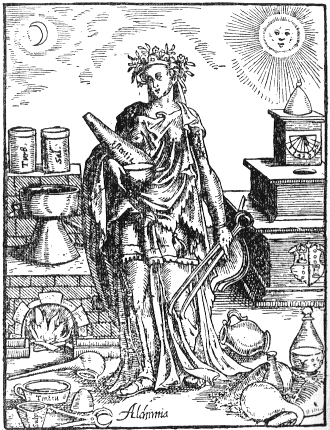Music is one of the best and most accurate methods of relating and transmitting the impulse of time.
During the twentieth-century, composers sought to return to aesthetic precepts that were associated with “classicism”, namely, the 17th century emphasis on order, balance, harmony, and emotional restraint. In the twentieth century, Neoclassicism became a trend especially during the interwar period.
Unlike its Romantic music program counterpart, within contemporary music one can hear various things, such as post-tonal music ,spectral music or post-minimalism.
In neoclassical music, some find the lack of generally accepted norms and classical composition techniques in that modulate tonalities and other similar nuances. For example, the use of pared-down performing forces, an updated or expanded tonal harmony, an emphasis on rhythm and on contrapuntal texture, and so on. The neoclassical impulse found much of its expression in these features – a concentration on absolute music.
The contemporary artist organically strives to discover a new order of things. There is no need to rid of all the standards and styles imposed by classical music education. Rather, if a composer applies classical musical instruments when creating her works, then she will inevitably be involved in the process of the sounds production. So, the harmony of sound found in past centuries and the experience of composers who lived earlier continues to be useful.
But to create a new form of music, the knowledge and use of classical musical instruments still poses a limitation to the ability to create a new impulse to a new style. For this to authentically occur, one needs to forget about the former styles. All of it ought to be left behind. Only then is it genuinely possible to create something completely new, and to label it as a new form of music.